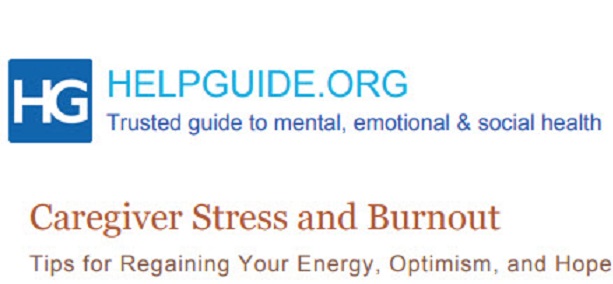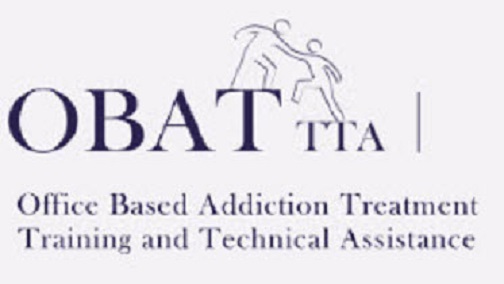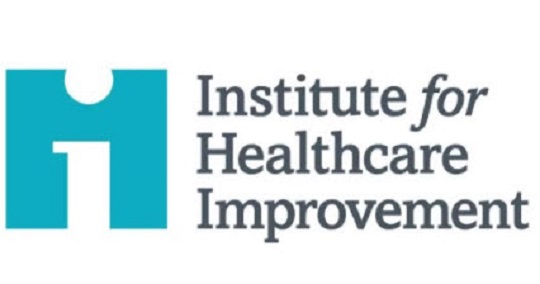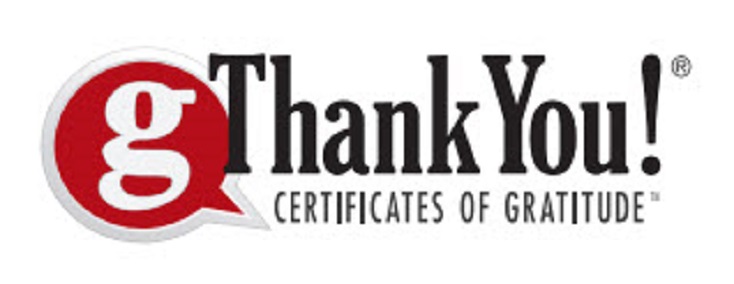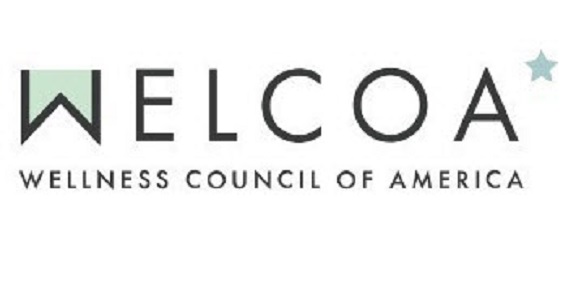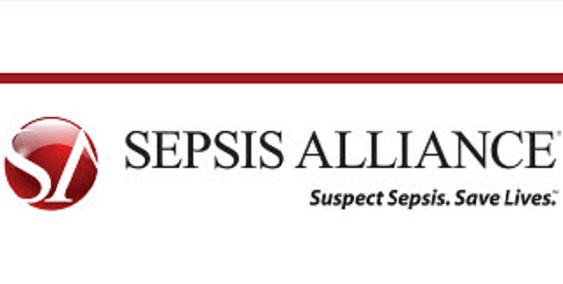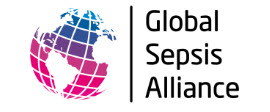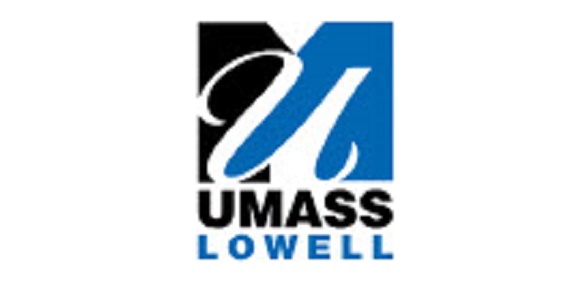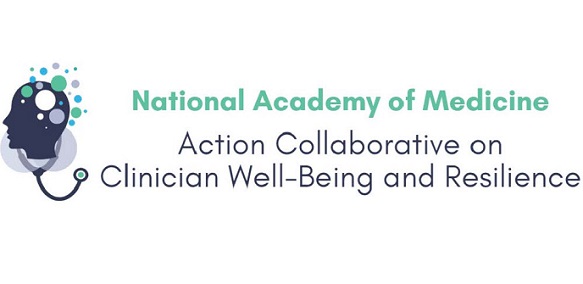The demands of caregiving can be overwhelming, especially if you feel that you’re in over your head or have little control over the situation. If the stress of caregiving is left unchecked, it can take a toll on your health, relationships, and state of mind—eventually leading to caregiver burnout. And when you’re burned out, it’s tough to do anything, let alone look after someone else. That’s why taking care of yourself isn’t a luxury, it’s a
necessity. There are plenty of things you can do to rein in the stress of caregiving and regain a sense of balance, joy, and hope in your life.

